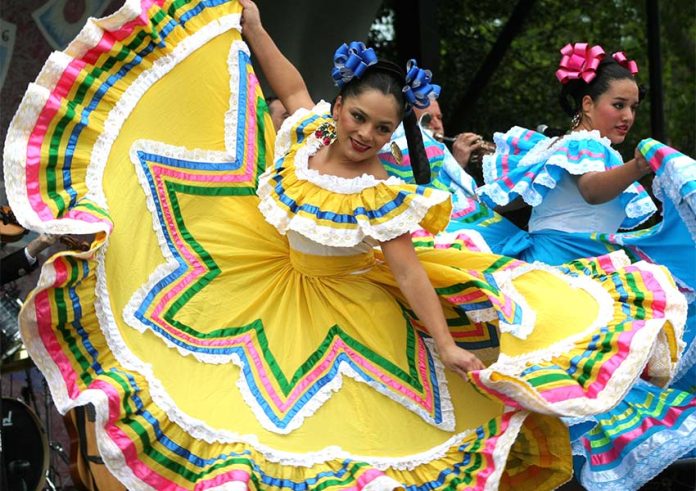A recent poll conducted in the United States by Mexican avocado exporters showed that only 22% of Americans know the true history of Cinco de Mayo. For Mexican Americans, it is a day to celebrate their Mexican heritage. For those who aren’t Mexican — and who often mistakenly think it is Mexico’s Independence Day — it’s a day to imbibe tequila and indulge in guacamole and chips.
But May 5, 1862, had a profound impact on the history of both Mexico and the United States. Cinco de Mayo is a commemoration of the Mexican victory over the French in the 1862 Battle of Puebla during the Franco-Mexican War.
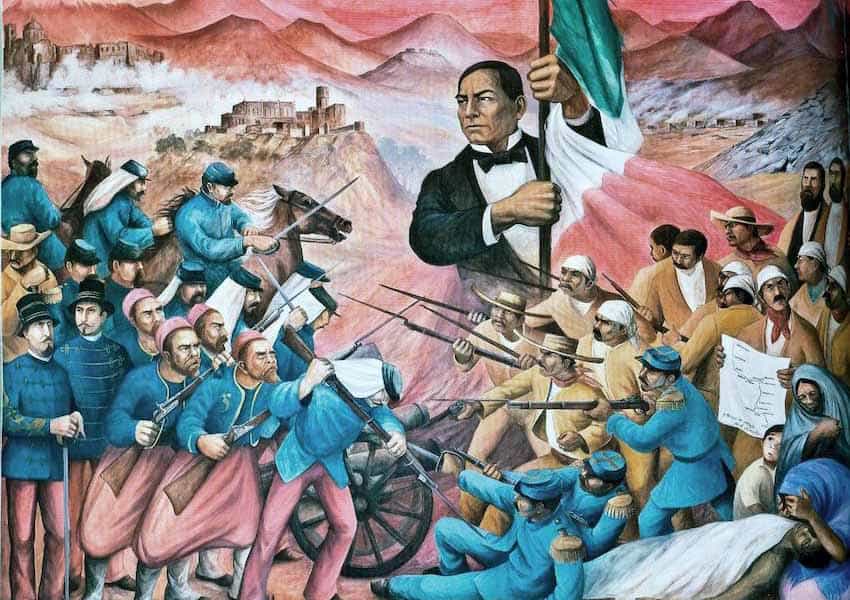
By 1861, Mexican President Benito Juárez’s government was suffering financially. The Mexican-American War (1846–48) and the Reform War (1858–61) — between the Liberals who wanted separation of church and state and the Conservatives who wanted a close bond between the government and the Catholic Church — had nearly bankrupted the country.
To relieve some of the financial strain on the Mexican treasury, Juárez issued a moratorium on the payment of all foreign debts — primarily owed to Great Britain, Spain and France. In response, the three countries met in London and decided to send naval ships to Mexico to force repayment.
Their troops landed in Veracruz in December of 1861. Britain and Spain renegotiated their payment plans and peacefully withdrew, but Emperor Napoleon III of France had other plans. His troops attacked Veracruz and then marched toward Mexico City.
Napoleon III planned to establish an empire in Mexico — what would come to be known as the Second Mexican Empire — that would favor French interests in the region. The First Mexican Empire established in 1821 was ruled by Emperor Augustín de Iturbide. He abdicated his throne in February of 1823 and fled to Europe.
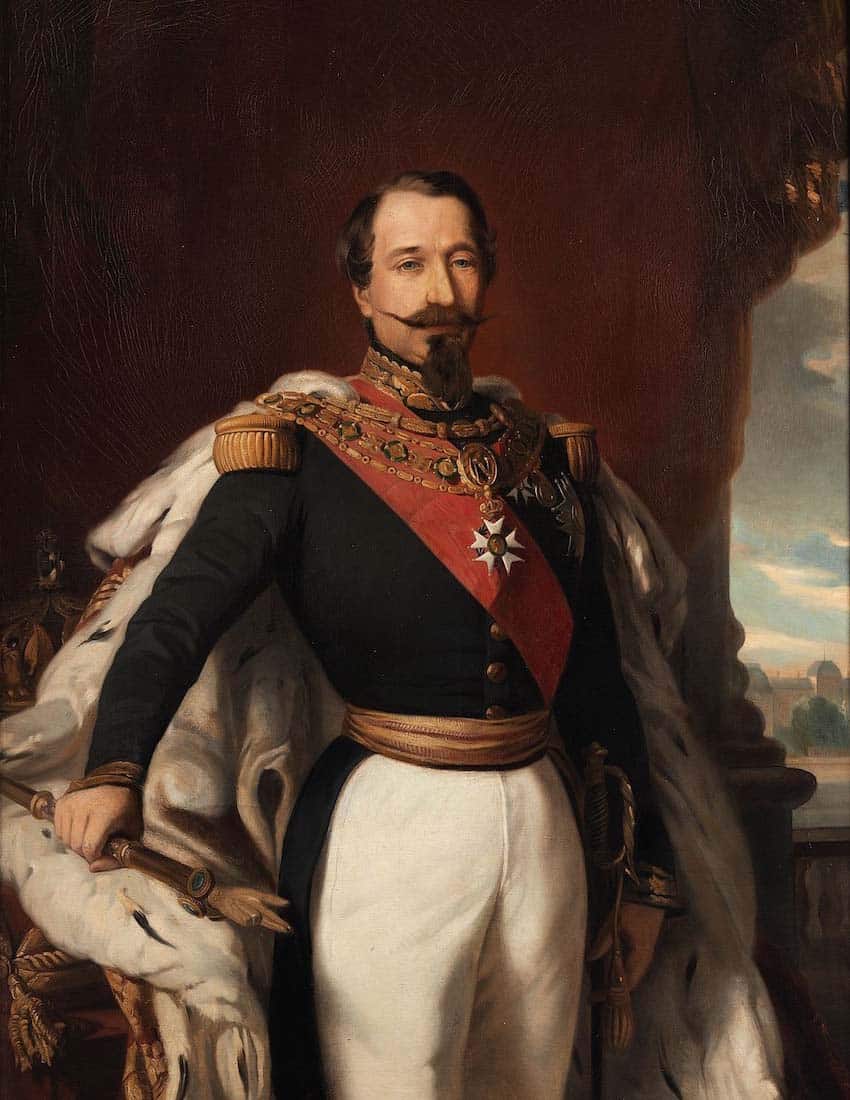
Napoleon III wanted access to Mexican and Latin American markets and to increase French influence in the region as a counterbalance to the United States.
As the French army of 6,000–8,000 soldiers reached the Mexican forts of Loreto and Guadalupe in the city of Puebla — on May 5, 1862 — they encountered heavy resistance from a poorly equipped ragtag Mexican army of 4,000. This small group of Mestizo and Zapotec soldiers led by General Ignacio Zaragoza in one day of fighting decisively defeated the French troops — killing 1,000 French soldiers in the process.
The French army, considered the best in the world, had not lost a battle in 50 years.
They retreated to wait for reinforcements from France.
Soon afterward, “Cinco de Mayo” became a day to commemorate the battle at Puebla known as “Battle of Puebla Day” or “Battle of Cinco de Mayo.” The Mexican victory at Puebla did not end the war but it did instill a great sense of pride and national unity in the Mexican people. The battle of Puebla quickly became a symbol of Mexican resistance to foreign domination.
A year later, however, reinforcements and 30,000 soldiers arrived from France. The French troops captured the capital of Mexico City in 1863, ultimately installing a monarchy in the country with the Habsburg nobleman Maximilian I of Austria as emperor.
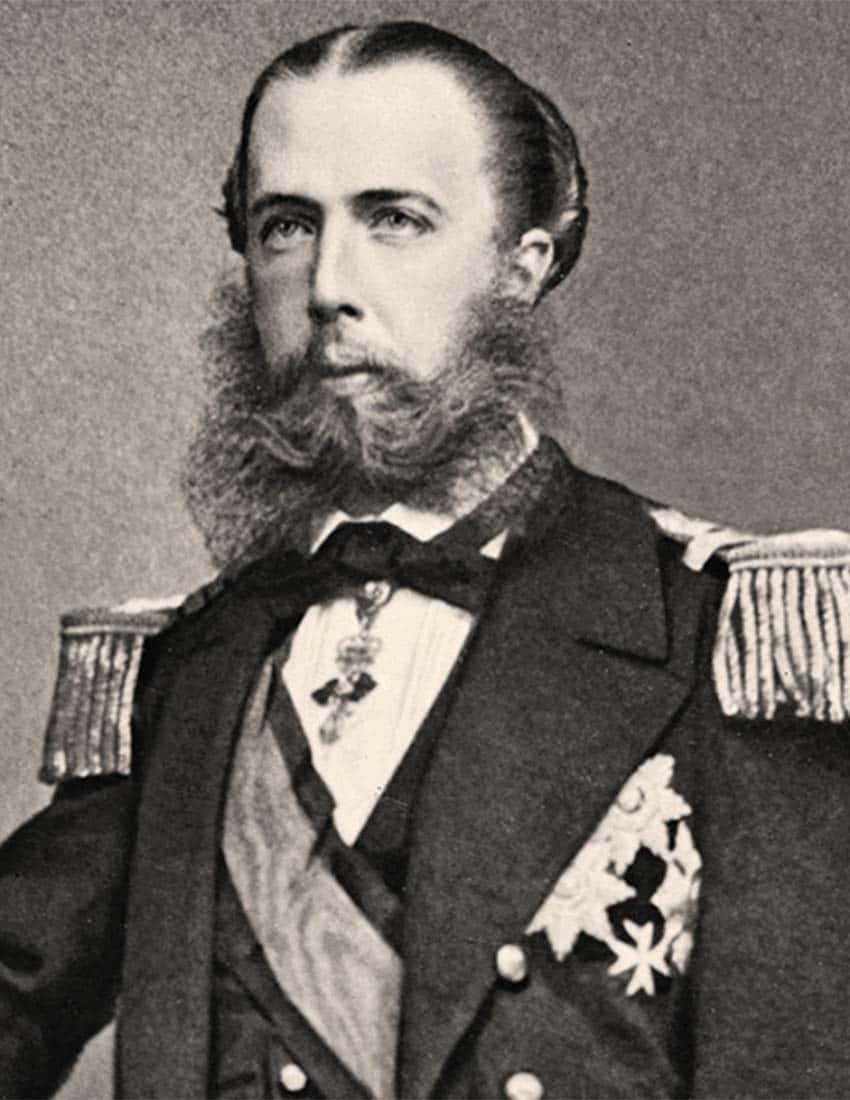
The Second Mexican Empire was short-lived, as heavy guerrilla resistance led by Juárez — with the backing of the United States — finally forced the withdrawal of the French in 1867, and Maximillian I and several of his top generals were executed.
The Mexican victory in the Battle of Puebla and the defeat of the French in 1867 had national and international implications. Following their defeat, no European power attempted to invade the Americas.
Although most Americans are not aware of it, the Battle of Puebla on May 5, 1862, played a critical role in the history and destiny of the United States. While Mexico was fighting the French intervention, the United States was embroiled in a civil war between the north and south.
In his book, “Political Evolution of the Mexican People,” historian Justo Sierra suggests that had the French not been delayed for a year following their defeat in Puebla, they would have continued north to the Mexico-Texas border and provided aid to the Confederacy in the American Civil War.
The U.S. Library of Congress recently acquired a treasure trove of 36 Mexican letters written by historical figures — including one written by Benito Juárez — during the Franco-Mexican War “gives a vivid description of the Second French Intervention… and the global powers jousting for influence in the Americas against the backdrop of the U.S. Civil War,” said Neely Tucker, a writer in the U.S. Library of Congress’ Office of Communication.
The letters — obtained from a rare books dealer — support the theory that the unexpected defeat of the French troops in the Battle of Puebla helped sound a death knell for the Confederates in the U.S. Civil War. No nation had supported the Confederacy, but France was debating doing so.
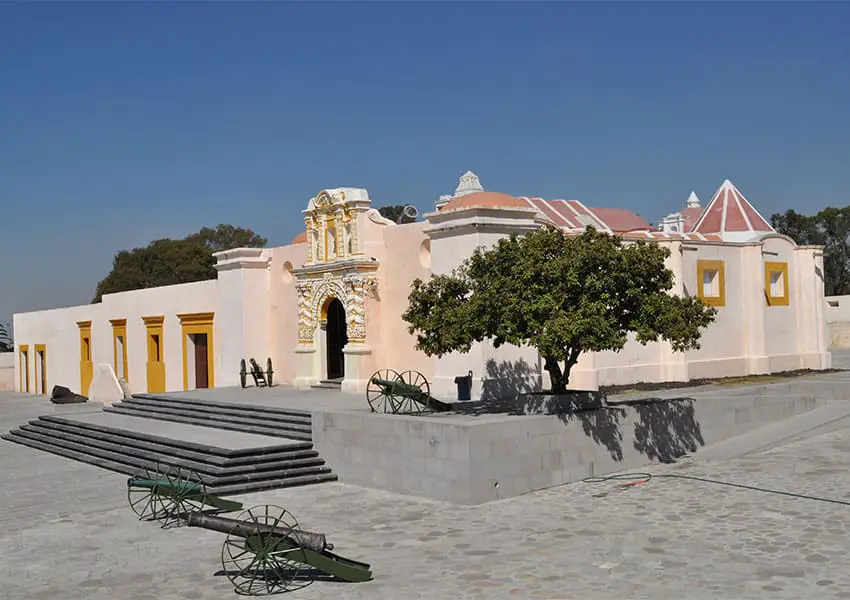
According to historian and former U.S. diplomat Clark Crook-Castan, the French defeat had a profound impact on the Civil War.
“The French hoped to circumvent the Union naval blockade by shipping long-range artillery overland to Texas and on to the Confederate armies in the east,” Crook-Castan said in an interview with Tucker on the Library of Congress’ blog.
The defeat in Puebla delayed implementation of the French plan, and they didn’t gain control over the Mexico-Texas border until the summer of 1863. By that time, General Ulysses S. Grant had already cut off the Confederates’ access to weapons from the west by winning the Battle of Vicksburg in Mississippi.
Celebrating Cinco de Mayo in the United States began in 1863 when news of the Mexican victory in the Battle of Puebla reached Mexican miners in Columbia, California. The miners erupted into a spontaneous celebration of pride: the Mexican people were resisting the French intervention.
Today Cinco de Mayo is celebrated in more than 150 cities — just about everywhere with a large Mexican-American population — with the largest festival taking place in Los Angeles. Mexican tequila and beer companies and avocado exporters fueled the spread of Cinco de Mayo to non-Mexican Americans via millions of dollars spent on advertising each year.
Cinco de Mayo is not a federal holiday in Mexico, but it is a state holiday in Puebla and Veracruz. Festivities take place primarily in Puebla, which has parades, battle reenactments, and the official holiday dish of mole poblano (a sauce containing chili peppers, chocolate and spices).
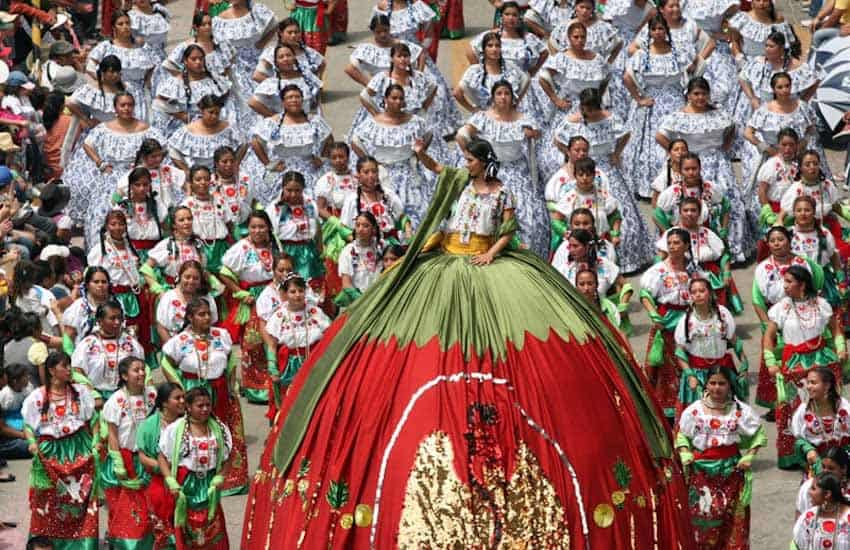
If you plan on celebrating Cinco de Mayo – as you raise that margarita or shot of tequila – make a toast to the brave Mexican soldiers who defeated the French in Puebla. And remember, in the words of historian Crook-Castan: “The victory in Puebla may well have saved the Union during the U.S. Civil War.”
Sheryl Losser is a former public relations executive and professional researcher. She spent 45 years in national politics in the United States. She moved to Mazatlán in 2021 and works part-time doing freelance research and writing.
